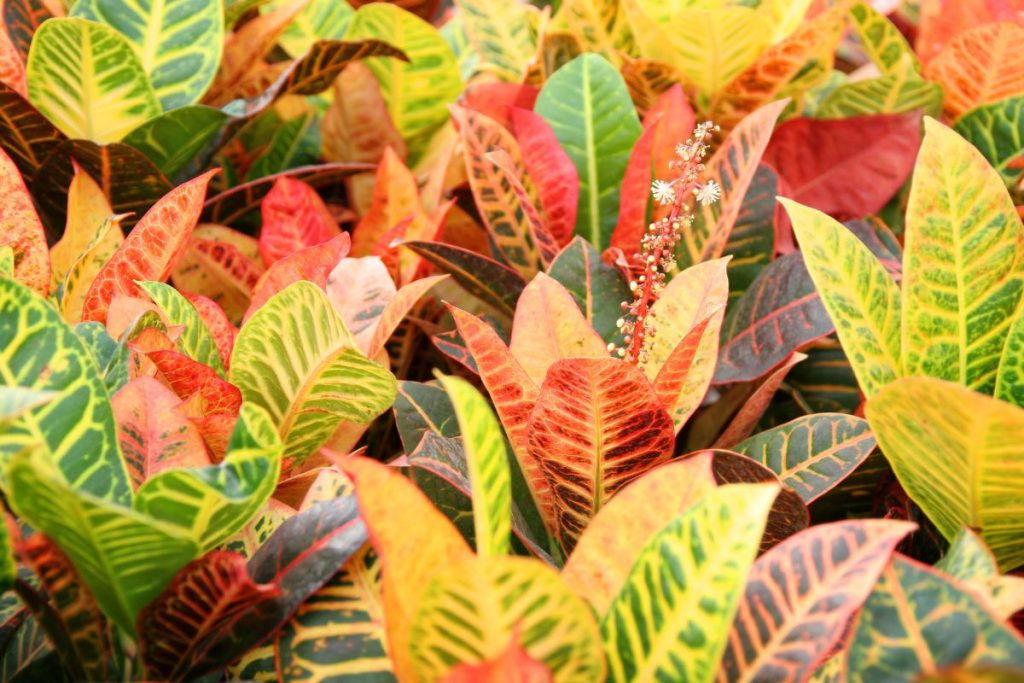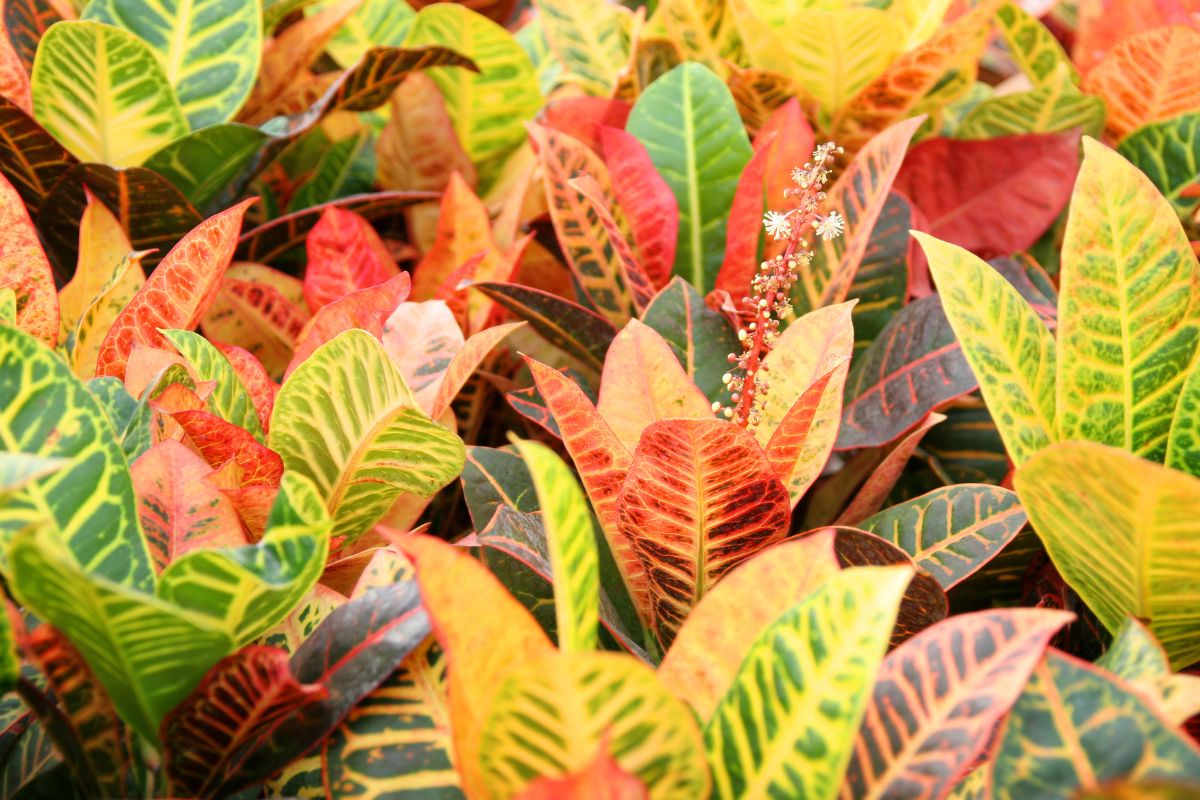
Croton Plant Varieties with Names and Pictures – Care Tips and Recommendations
Croton Plant Varieties are an excellent addition to both indoor and outdoor spaces due to their vibrant and dramatic leaves. Due to their vast array of shapes and unique colour combinations, crotons are a gardener’s first choice to add some colour to their homes.
Here, we discuss the most sought-after Croton Plant Varieties, such as the Gold Dust Croton, Petra Plant, and Pink Croton Plant, and offer step-by-step care instructions to make them flourish.
Table of Contents
What Are the Best Croton Plant Varieties for Your Home or Garden?
If you’re looking for vibrant plants that add a touch of beauty to your space, these Croton Plant varieties are perfect options:
- Gold Dust Croton: This type brings a fun speckled look to your environment with its golden, polka-dot-patterned leaves.
- Petra Plant: A traditional croton with veins in multiple colors, ideal for creating a statement. Among Croton Plant Varieties, its stunning colors are a showstopper.
- Pink Croton Plant: A milder variety with a pastel pink color blended with other hues.
Each of these types has its own unique appeal and demands special care. Let’s go into the specifics for each, keeping your plants healthy and thriving.
1. Gold Dust Croton
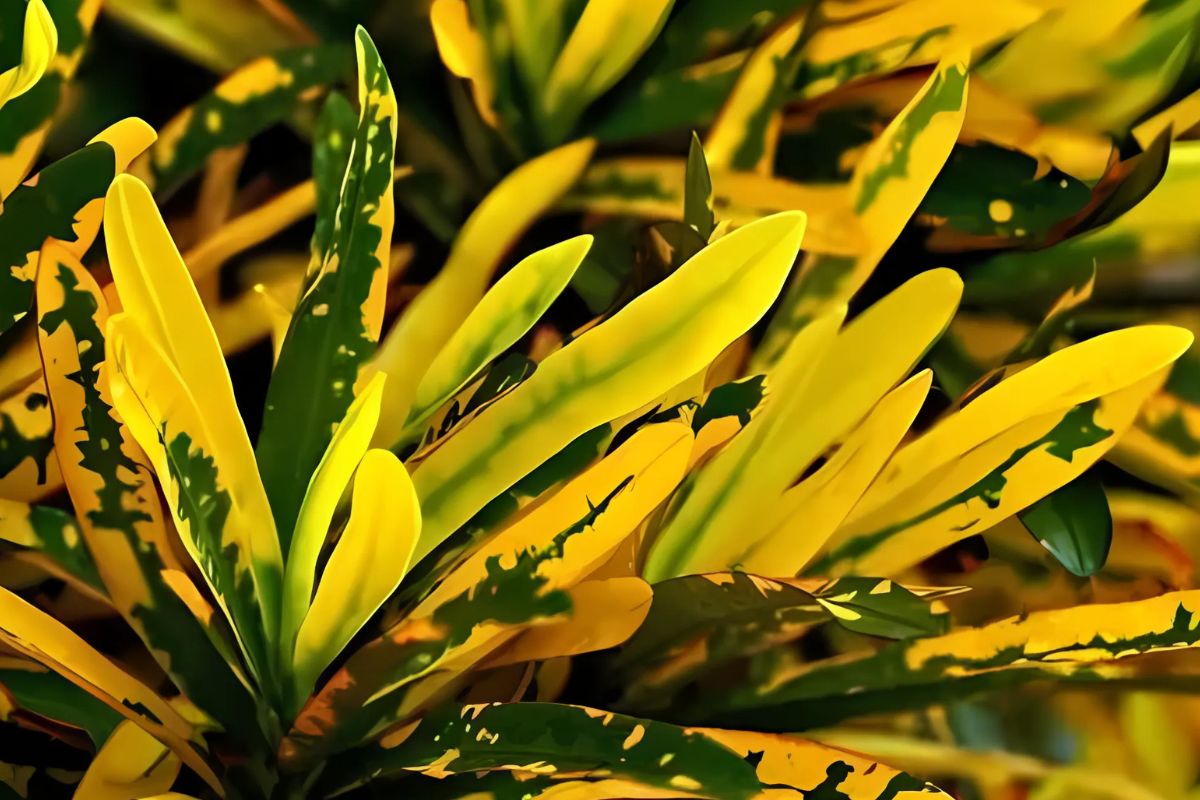

Appearance: The Gold Dust Croton owes its name to its green leaves covered with bright yellow spots, as if with scattered gold dust. Due to its small size, it is a great addition to both tabletops and garden borders.
Care Tips:
Light Requirement: This houseplant adores bright, indirect light. Some shade is acceptable, but the yellow spots depend on good lighting to remain brightly colored.
Watering: Allow the soil to be moist constantly but not soaked. Allow the top inch of soil to dry out between watering.
Humidity: The Gold Dust Croton requires high humidity. Mist frequently or have a small humidifier nearby.
Temperature: The optimal growing temperature is between 60-85°F (15-29°C). Don’t subject the plant to drafts or fluctuating temperatures.
Soil: Use well-draining, slightly acidic soil to prevent root rot and enable proper growth.
Key Appeal: Its unique appearance and adaptability make it a great choice for new and seasoned gardeners alike.
Gold Dust Croton Plant Care Tips
To promote good growth, give the plant an even liquid houseplant food every 2-3 months during the growing season.
Dust lightly with a wet cloth to wipe away dust and revive the natural sheen of the plant.
2. Petra Croton
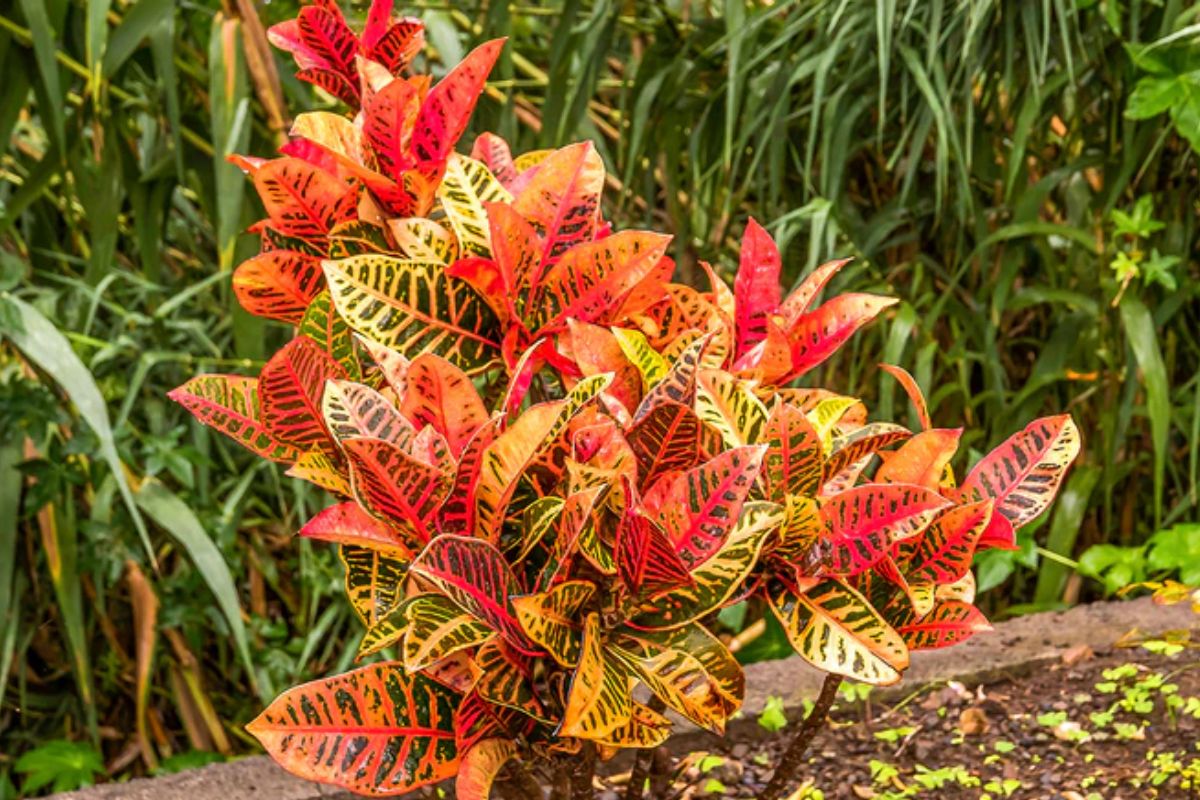

Appearance: The cultivar can be identified by its huge, metallic-colored leaves with veins that are a blend of red, orange, yellow, and green.
The varying colors are an incredible sight to see, thereby a showstopper in any setting.
Care Tips:
Light Needs: Petra Crotons Plant need bright, indirect light for at least 4-6 hours a day to maintain their vibrant coloration. Sunlight will scorch the leaves.
Watering: The plants like the soil to be moist at all times. Water heavily when the top of the soil is dry to the touch but not waterlogged.
Humidity: High humidity is necessary; consider placing the plant in a naturally humid environment, like a bathroom with plenty of natural light.
Temperature: Keep temperatures above 60°F (16°C) to avoid leaf drop and keep the plant healthy-looking.
Soil: Petra Crotons thrive best in well-draining, organically rich, loamy soil.
Appeal Key: Its variable colors and hardy nature lead it to be the choice to go for to provide an energizing boost to any garden space or room.
Additional Petra Plant Care Tips
Weekly pruning is recommended in a bid to shape the plant while removing any withering or yellow leaves.
Do not place the plant close to air conditioners or heaters, as changes in temperature can stress the plant.
3. Pink Croton Plant
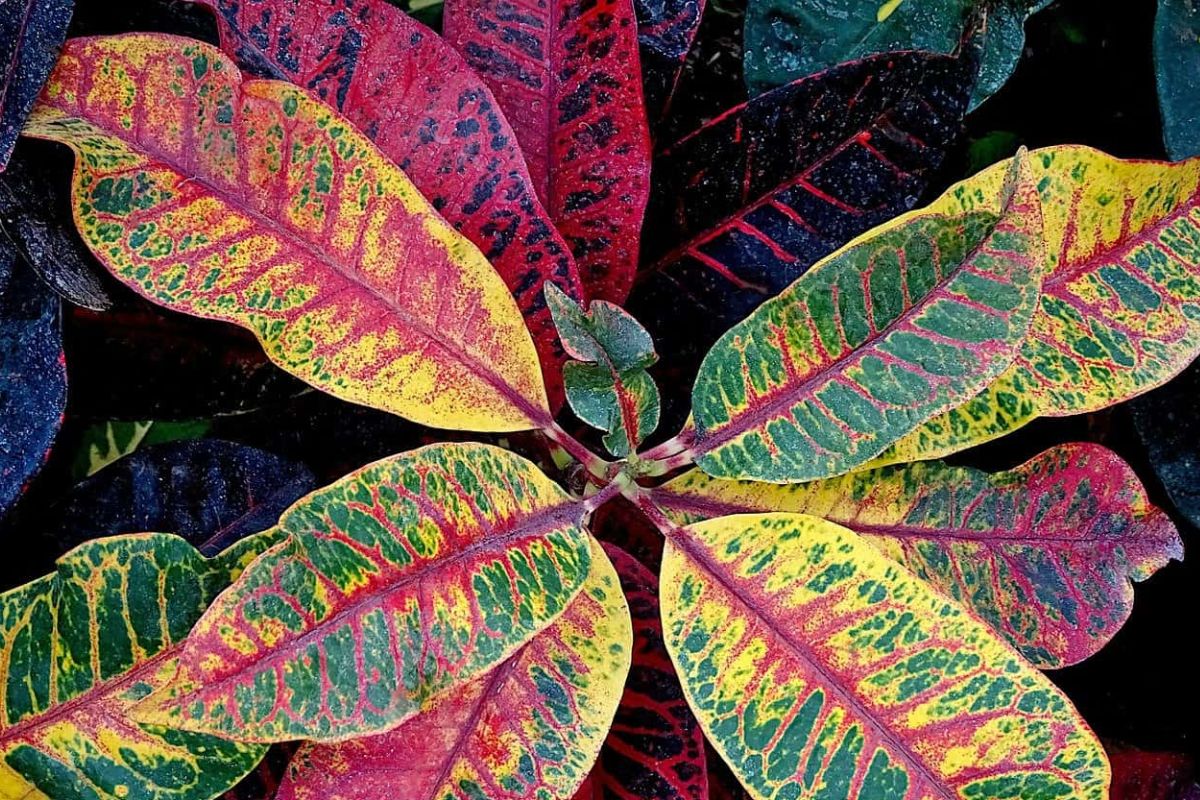

Appearance: The Pink Croton Plant features a light pink hue blended with green and other colors. Its delicate tones add a touch of class and elegance to any space.
Care Tips
Lighting: Light, Indirect light is necessary to maintain the strong pink hues. In the absence of proper light, the colors can pale.
Watering: The plant likes slightly damp soil. Water only when the top inch of soil has dried, and make sure drainage is good to avoid overwatering.
Humidity: Similar to other crotons, the Pink Croton loves humid environments. Frequent misting is necessary to refresh the leaves.
Temperature: Keep temperatures between 60-85°F (15-29°C) for healthy growth.
Soil: A well-draining soil with good organic matter is best suited for this variety.
Chief Appeal: Its pastel colors give it a beautiful and distinctive touch to any collection of plants.
Tips for growing Pink Croton
Turn the plant occasionally to promote even exposure to light and even growth.
Fertilize the plant with a slow-release fertilizer during the growing season to achieve vibrant, long-lasting color.
General Croton Care Tips
Irrespective of the type, all Croton Plant Varieties have some care needs in common:
- Fertilization: Feed with a balanced liquid fertilizer at intervals of every few months between spring and summer to promote growth and rich color.
- Track your plants periodically for pests, including scale insects, mealybugs, and spider mites. Treat an infestation using neem oil or insecticidal soap.
- Keep them away from drafts, air conditioners, and heaters; abrupt temperature fluctuations can stress the plant.
- Every two to three years, repot your crotons to rejuvenate the soil and encourage their spreading roots.
Why Should Your Collection Feature Croton Plants?
Crotons are living canvases that accentuate your surroundings with a little of artistry, not just plants. These plants will brighten your landscape or house, from the delicate elegance of the Pink Croton Plant to the kaleidoscope colours of the Petra Plant to the speckled beauty of the Gold Dust Croton. Plant aficionados at all levels will find them idea,l given their somewhat modest maintenance requirements.
Showcase these gorgeous species in your living space to watch how they draw attention to your collection of plants!
March 27, 2025










